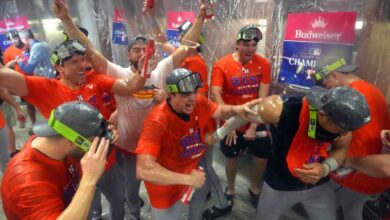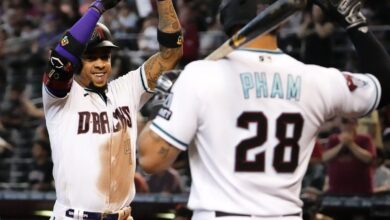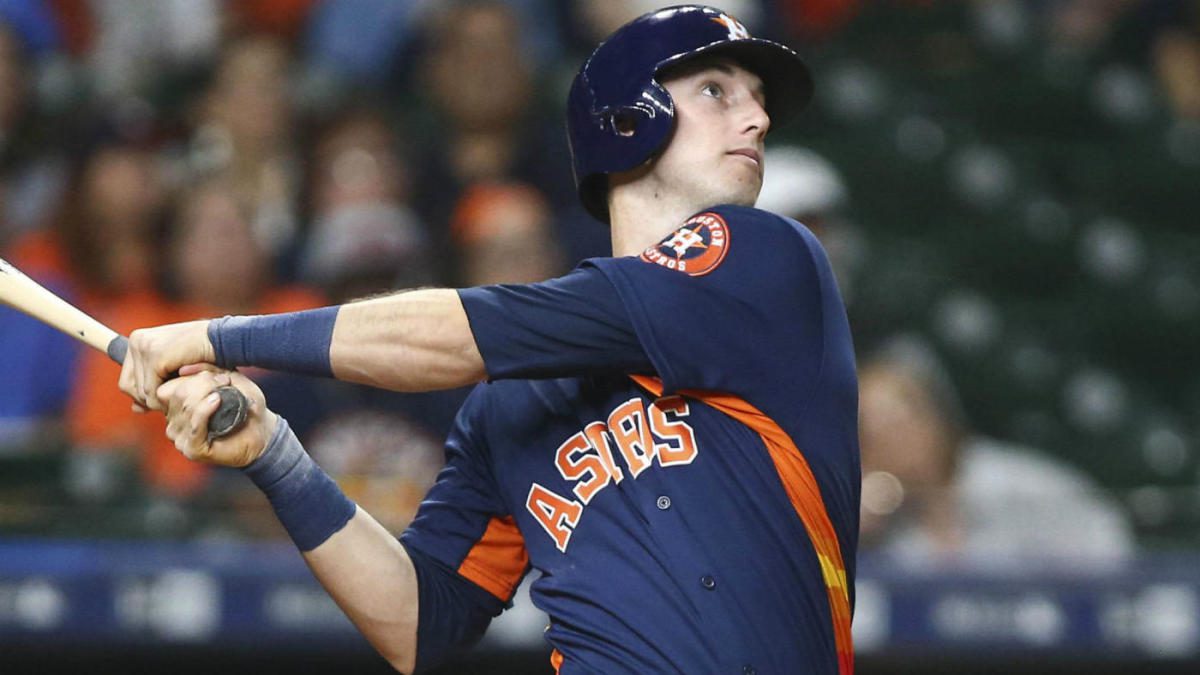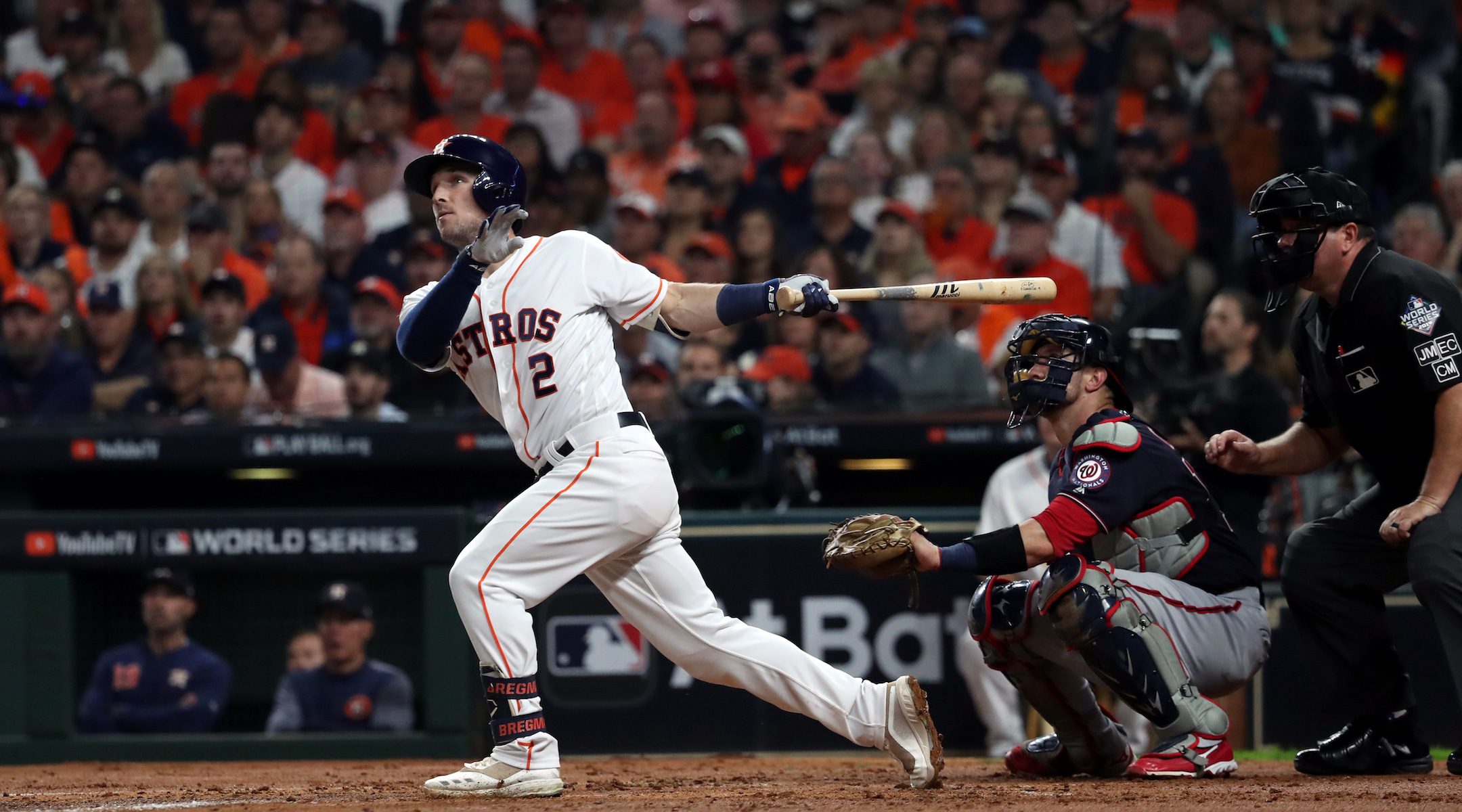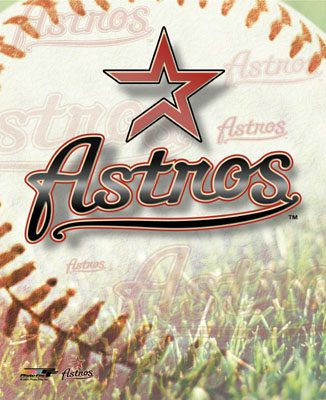
Welcome to the new Astros Minor League column. Sticking the theme of Astronauts (Astros) and space, I’ve decided to call this column Ursa Minors, like the constellation. Clever, right? ( … Right?) Rigghhtt. Anyway, I’ll be posting an article every Sunday for the remainder of the season breaking down who’s doing what, who’s hot, who’s not and what the future holds for players within the Astros minor-league system.

Since the Astros (44-90) are still holders of the worst record in MLB, and have a team-record 12 rookies currently on the major-league roster, it seems appropriate to focus on the future, rather than the present.
A few more logistics to get out of the way before we get down to business; first, it’s important we know the main Astros affiliates:
OKC — Oklahoma City RedHawks (AAA)
CC — Corpus Christi Hooks (AA)
LAN — Lancaster JetHawks (A+)
LEX — Lexington Legends (A)
Got it? Good. Now, let’s break down the categories of prospects who could be donning Astros jerseys any day now. (Let’s be honest, at the rate the Astros are calling people up, Lexington’s batboy may be playing in Houston next week.)
Quick note: Other players of note not mentioned because they don’t really fit into a category include Jose Altuve and Jimmy Paredes.
The “Where exactly do you fit into the future?” candidates
These are the guys who have bounced back and forth between the majors and the minors this year, for all the wrong reasons. All of these players are on the RedHawks roster, and most of these players are guys who once had starting jobs, or at least were in the regular rotation in Houston, but have since been demoted. The biggest names included in this category are Brett Wallace, J.A. Happ and Chris Johnson. All three are young players who the Astros were counting on taking the next step this season in an effort to rebuild, and who have all failed miserably to meet expectations this season. Their futures are very much up in the air, and if Happ and Wallace, two main pieces in the Roy Oswalt trade, are sent packing, they will be added to GM Ed Wade’s long list of failed deals. Other players in this category include Nelson Figueroa, J.R. Towles, and Jeff Fulchino. Tommy Manzella, who had a promising start to his career before breaking his wrist, was another part of this group, but was recently put on waivers and instantly claimed by the Arizona Diamondbacks. Seeing how the Diamonbacks consistently bring up good prospects and are in first place in their division, I feel as though the Astros might have overlooked something with him.
The “Oh, you’re an outfielder, too? Damn.” candidates
Okay, so here’s the truth of the matter: The Astros, contrary to popular belief, have actually stockpiled some great young prospects through trades over the last two to three seasons. The problem? A large chunk of our better prospects is outfielders, which means some, if not many, will never get a fair shake in Houston. Many of these players, like the red-hot J.D. Martinez, one of the top prospects in the organization, who has 25 RBI in 27 GP, Brian Bogusevic, JB Shuck (OKC), Jason Bourgeois, and newly acquired Jordan Schafer, have all spent a good deal of time in the big leagues this season. Those names alone cluster up the future for the outfield, and make manager Brad Mills’ job that much harder. Because of his age (29), Bourgeois is probably the most expendable of the above players, and Carlos Lee’s departure at the end of next year will open up a spot after 2012. What that means is players like Drew Locke (OKC), T.J. Steele (CC) who is having a subpar season, and freshly signed newbie George Springer (single-A short season), could be waiting awhile to get their call. In the case of Steele and Locke, it may never come — at least not from Houston.
The “New guys” category
Whether it’s a good sign or a bad sign (I haven’t decided yet), the majority of players the Astros received in the Hunter Pence and Michael Bourn deals are already ranked as the best prospects in our minor-league system. Should Ed Wade be given a break for maybe getting it right, or should he be damned for getting it wrong for so long? I’ll let you decide. The point is: These are the top prospects — the “blue chips” — for the Astros. The two most prominent of these, Jarred Cosart [CC (#34 on MLB.com’s top 50 prospects)] and Jonathan Singleton [LAN (#35)], were both acquired in the Pence deal and are ranked #1 and #2 in the Astros farm system, respectively. Cosart has struggled with injury since being drafted, and his numbers don’t reflect his talent, as is the case with Singleton, but the Astros had enough faith in their abilities to part with Pence. Other players on this list include Jonathan Villar (CC), also acquired in the Roy Oswalt deal, Paul Clemens (CC) and Brett Oberholzer (CC), both acquired from the Braves for Bourn, and Henry Sosa, acquired in the Jeff Keppinger deal with San Francisco.
The “People you keep an eye on, but don’t have to know quite yet” category
This includes recent draft picks like Delino DeShields, Jr. (LEX), Mike Foltynewicz (LEX) and Koby Clemens (OKC). DeShields and Clemens, both sons of former major leaguers, have hit well this season, but will have to drastically reduce their strikeouts (111 and 115, respectively) if they want to make the next step. They have potential, DeShields especially, and would draw interest as well as for their names alone. Folynewicz (5-11) has had a tough season in Lexington, with an ERA around five, but has shown the stuff to be a contributor for the Astros in the future.
The future looks promising with all the youngsters the Astros have coming up in the minor leagues. For many Astros fans, the future can’t get here soon enough. Hey, at least we’re playing spoiler against the defending champs. I can feel Brian Wilson’s rage piling up with each loss all the way in Austin, TX.


